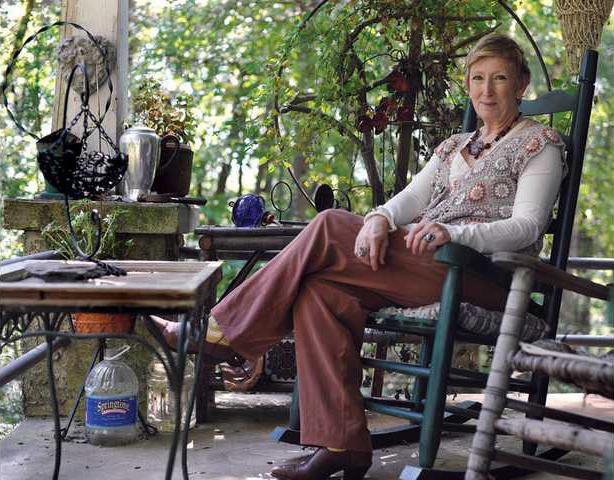October is National Breast Cancer Awareness Month, where ever-present swatches of pink, seen everywhere from suit lapels to pro football uniforms, serve as a reminder of the disease.
But Mandy Smith Nix is one who is aware of it the other 11 months of the year, too.
With eight diagnosed cases of breast cancer in her family, Nix has seen how the resulting radiation and chemotherapy to treat the disease can weaken the body.
With the odds stacked against her, Nix wasn't taking any chances with her own health. Just as sure as she had a birthday, the former Gainesville resident was just as sure to schedule her annual mammogram at the Imaging Center at Northeast Georgia Medical Center.
That diligence may have led to her ability to survive her own bout with cancer.
"I have had several scares — biopsies and all — but I'd always squeaked by with no malignancy," said Nix, a Clarkesville resident.
But instead of her usual clean bill of health, in August 2009 Nix became the recipient of the exact same phone call that her mother, sister, aunts and cousins had all received. Her doctor found a discrepancy on her mammogram and she needed to schedule a diagnostic mammogram and sonogram. Those results determined that the next step would be to conduct a biopsy.
"A couple of days after the biopsy, I got the call that I had a malignancy and needed to schedule surgery," Nix said.
"I remember being pretty much in control on the phone, getting details and scheduling appointments.
But afterward, I just lost it.
"This was not supposed to happen to me."
But it did, and in Nix's case, the scenario was all-too familiar.
"I had a lot of awareness of what was coming up based on the treatment stories from all of my family members," Nix said.
"My sister was only three months into her treatment and it was pretty intense. I convinced myself that I only had a little cancer, but I had to deal with that reality later."
For nine months, Nix endured treatment and another biopsy to determine the exact location of her cancer.
"That one was good. There was no evidence that the cancer had moved out of my breast," Nix said.
"I opted for a lumpectomy to remove the least amount of tissue. All went well until the final biopsy. There were pre-cancerous cells at the edge of the removed tissue."
Without there being defined boundaries to her cancerous cells, Nix was faced with two options: Another surgery to remove a little more tissue or a mastectomy to remove her entire breast.
"It felt like (another lumpectomy) would just be whittling away at me. Emotionally that was just too much," Nix said.
"I decided to go with a bilateral mastectomy. I said goodbye to both breasts and started on the reconstruction journey."
Because she opted to remove both of her breasts, Nix didn't have to undergo more radiation.
Another diagnostic test revealed that Nix was in a lower-range for needing chemotherapy, but she decided to go through with the treatment anyway.
"I was in this to be done with cancer," Nix said.
After the second, of four rounds of chemotherapy, Nix lost her hair.
"It started calling out in handfuls," she remembers. "I have always worn it long and at the time, it was about 4 inches below my shoulders."
Nix decided again to be proactive — and to have a little fun.
"One Friday morning, I chopped it all off and put on my new wig, affectionately called ‘Tribble' like in ‘Star Trek,'" Nix said.
"Folks thought I had gotten a haircut. Later that weekend, my daughter shaved the rest, with a brief stop at a mohawk. That was a great mother-daughter bonding experience."
Because of her family history, Nix and her doctors were vigilant about checking her breasts for lumps.
Despite their best efforts, Nix's cancer was only detected by the mammogram machines, which is why she urges other women to not skip their appointments.
"I didn't feel a lump and my doctor hadn't felt a lump at my regular check up. I was diagnosed early and was offered many options and choices because of that early detection," Nix said.
"Early detection is everything. When it is found early, you are given options. It gives you a certain power in making decisions. A later diagnosis puts you in a position where you have no choice but to follow a certain trail.
"Early detection gives you a choice. The choices can be hard at times, but to have one versus not having a choice is a good option."
Today, post-treatment and with clean lab work, Nix has something else in common with her other relatives: She's a breast cancer survivor.
"I spent time trying to come to terms with how to count the survivorship. Do you start at the last chemo or the final reconstruction? I don't know what the standard is, but I like to think we start to survive at diagnosis," Nix said.
"Every minute of the fight is a minute of surviving. I want more survivors."

